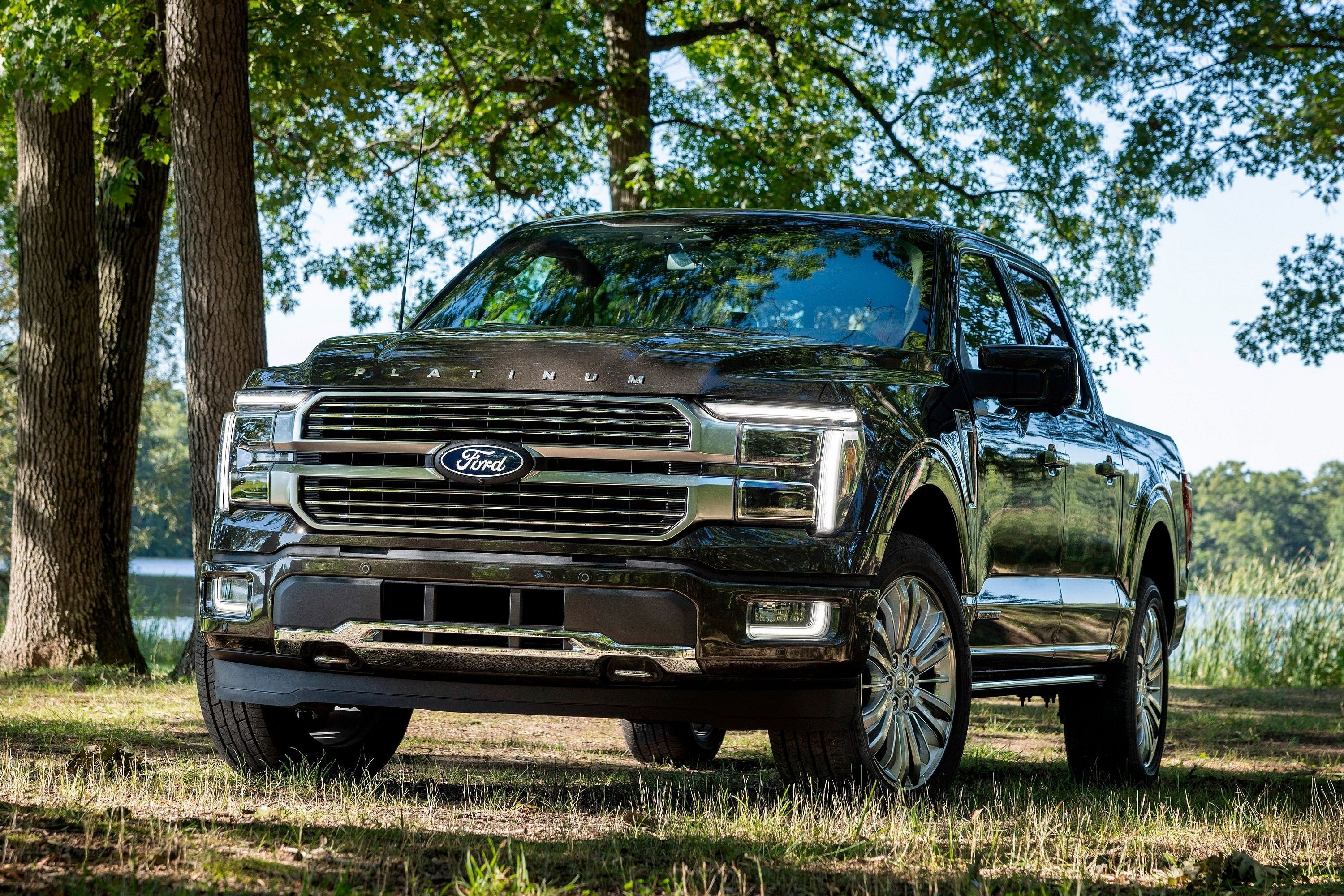
Winter will soon give way to hotter days, but before that we'll see the New Year's gym rush where those who skipped the pool last summer shed pounds and sweat in order to forgo tears of self-loathing next time around. On the other hand automakers will be pursuing the same goal except with very different means to reach that end. In a recent study conducted by the Center for Automotive Research (CAR) and reported on by Automotive News, nine automakers detailed just how a skinny future looks like for the industry.
The study aimed to find just how prepared automakers were for industry shifts that call for weight reductions of 5%, 10%, and 15%. To gather data, the Ann Arbor, Michigan-based organization worked with nine automakers to conduct research on 44 car and truck models responsible for over half of the US auto sales volume. The automakers cooperated on the premise that CAR wouldn't divulge any secret technology in the study that could help competitors get an edge. What it found was that once automakers go in search of weight reduction numbers higher than 5%, things get tricky and expensive. Under and at the 5% threshold, high-strength steel and aluminum are the most viable options.
This is mainly because automakers have plenty of experience working with metal in high numbers, but not so with carbon fiber and other composites. Ford managed to cut a substantial amount of weight off of its F-150 pickup truck using only aluminum, however, once the goal becomes a 10%-15% reduction in weight, things get a bit more tricky because composites like carbon fiber become a must, even on areas traditionally vested with metal parts such as pillars, crossbeams, and rails. After speaking with a multitude of automakers, Jay Baron, CEO of CAR, told Automotive News, "The message to me was: We cannot get to a 15 percent lighter weight car without getting very aggressive with composites."
As Baron put it, just a few years ago there were plenty of weight-saving technologies that automakers could pull off the shelf and use to lighten cars but now, "the shelf is pretty bare," says Baron. These improvements, which have come from using materials like high temperature, high performance plastics under the hood in place of metal, have been used liberally to keep our increasingly complex cars at reasonable curb weights. To get cars lighter than they are now, automakers will need to rely on strategies like replacing structural components such as floors with composites, but it isn't the materials themselves that pose the biggest cost, it's adapting assembly lines to be able to install them in high volumes.
Even retooling a single factory can cost hundreds of millions and retraining employees, reprograming robots, and devising new methods of fast and cost-effective composite-laden car construction puts the price tag in the billions. Low volume automakers are relatively unaffected by the shift but the big dog automakers and their suppliers must now talk among themselves to find out which will lead the charge into a lightweight future.

